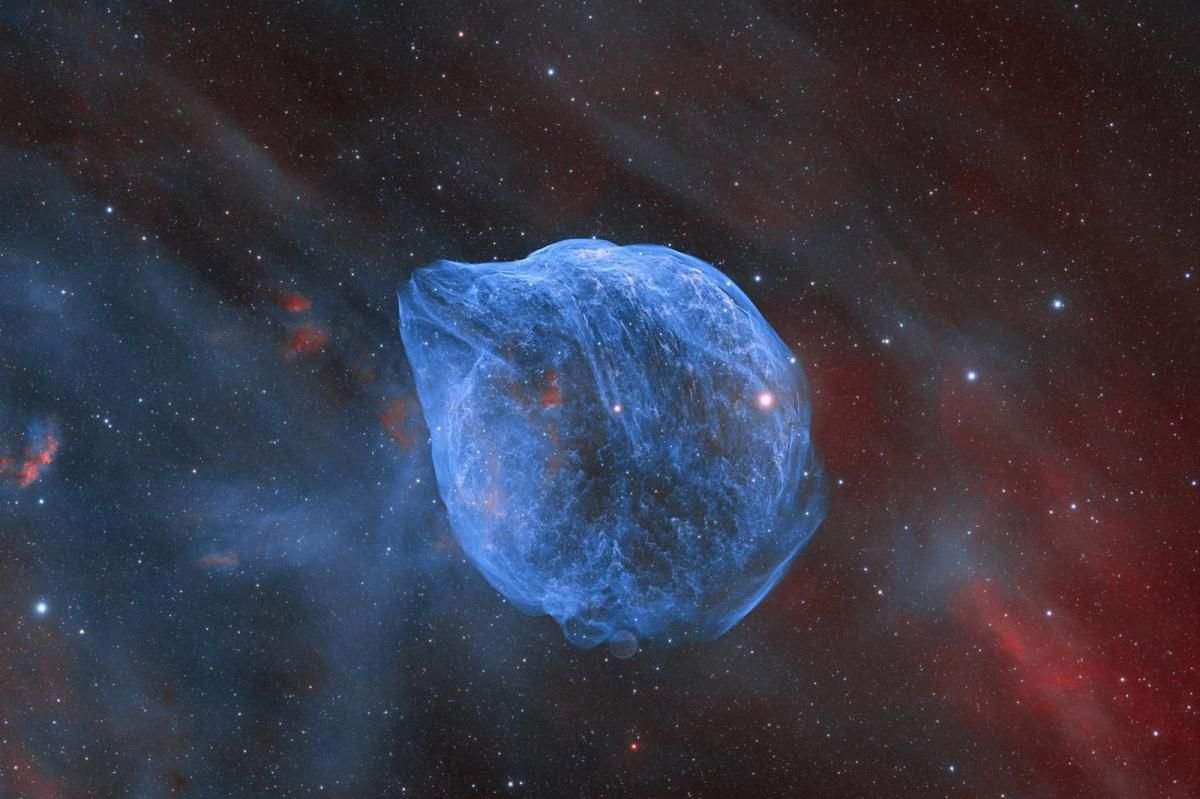On the vast stage of the universe, 2024 has been a year when astronomy shines even brighter. It reveals images that connect us magnificently to the wonders of the Cosmos.
Each photograph, captured by ground and space telescopes and the professional lenses of astrophotographers, is an invitation to contemplate infinity, a breath to reflect on our existence in the midst of distant galaxies, vibrant nebulae and nearby planets.
The combination of technology and humanity’s curious gaze has allowed us to record unique moments that are not only fascinating, but also expand our understanding of the mysteries of the universe around us.
In this selection of the 5 best astronomical images of 2024, we invite you to revisit the great achievements of scientific observation and unique perspectives on celestial wonders! From rare cosmic events to detailed portraits of celestial bodiesThese images are visual testimony to a year full of discoveries and crossing boundaries.
The best astronomical photos of 2024
5 – Galaxies IC 2163 and NGC 2207
The peculiar color palette of these galaxies results from a combination of images of mid-infrared light from the James Webb Space Telescope and images of visible and ultraviolet light from the Hubble Space Telescope.
The image shows two interacting galaxies: the smaller spiral on the left, cataloged as IC 2163, passed behind NGC 2207, and the larger spiral galaxy on the right. Combined, they are predicted to form the equivalent of two dozen new Sun-sized stars every year.
For comparison purposes, Our galaxy, the Milky Way, creates the equivalent of two or three new Sun-like stars per year.
4 – Lenticular galaxy NGC 4753
This image is the clearest view of the object to date. Shows off Hubble’s incredible resolving power and ability to reveal complex dust structures.
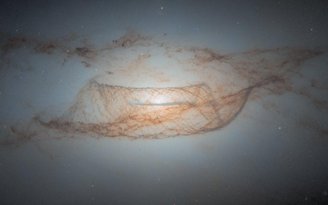
The galaxy NGC 4753 is located in the constellation Virgo, approximately 60 million light-years from Earth, and is believed to be the result of a galactic merger with a nearby dwarf galaxy approximately 1.3 billion years ago.
Distinct dust bands around the core of NGC 4753 have accumulated as a result of this merger event, and astronomers estimate that most of the galaxy’s mass lies in a slightly flattened spherical halo of dark matter.
3 – Westerlund 1 star cluster
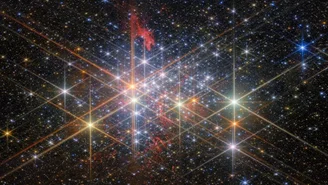
Containing the mass of more than 50,000 suns The Westerlund 1 cluster is the largest known star cluster in the Milky Way.. In Earth’s southern hemisphere, it’s visible beneath Scorpio’s stinging tail, but only with the infrared eyes of the James Webb Space Telescope (JWST) can you see the bright colors of stars old and new blending into a twinkling chorus line.
From here, the view will become even more dramatic: Thousands of exploding supernovae are expected to illuminate the cluster over the next 40 million years!
2 – Dolphin Head Nebula
This cosmic balloon, inflated by fast winds from a hot, massive star, is huge. Cataloged as Sharpless 2-308, this star is located about 5,000 light-years away in the constellation Canis Major. and covers the sky a little more than the full moon.
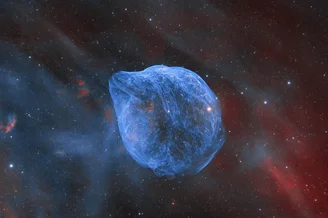
This corresponds to a diameter of 60 light-years at an estimated distance. The massive star that created the bubble, the Wolf-Rayet star, is the bright star near the center of the nebula and is more than 20 times the mass of the Sun.
The fast winds of this Wolf-Rayet star form the bubble-shaped nebula as they sweep away slower-moving material from an earlier stage of evolution. The windblown nebula is estimated to be approximately 70,000 years old!
1 – ISS in front of the Sun
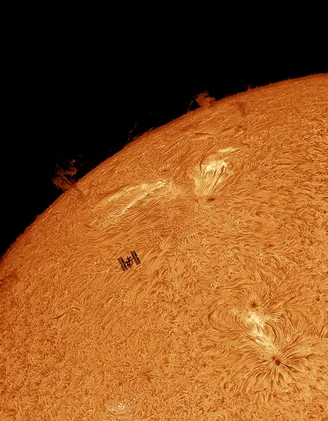
That dark spot is not a sunspot! International Space Station (ISS) passing in front of the Sun This transit of the Sun is not all that unusual for the ISS, which orbits the Earth every 90 minutes, but it is rare to get the timing and equipment right. Great image like this.
This is because The ISS passes the Sun’s field of view in just 0.2 seconds, a rarity, especially when viewed from any position on the Earth’s surface..
Did you like the content? Tell us what your favorite astronomical photo is on our social networks and get the opportunity to share the article with your friends. Until later!
Source: Tec Mundo
I’m Blaine Morgan, an experienced journalist and writer with over 8 years of experience in the tech industry. My expertise lies in writing about technology news and trends, covering everything from cutting-edge gadgets to emerging software developments. I’ve written for several leading publications including Gadget Onus where I am an author.






